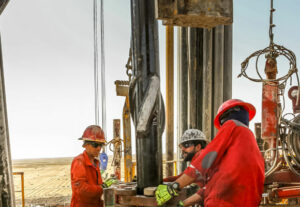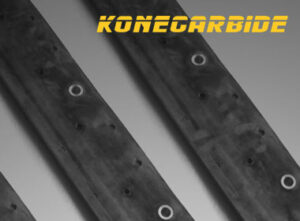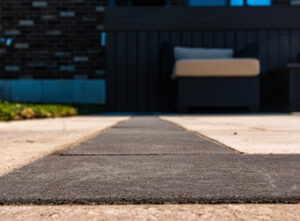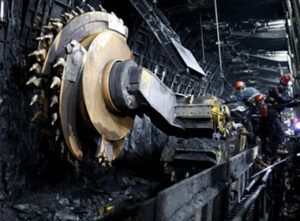Tungsten and tungsten carbide are two industrial materials with distinct characteristics. Tungsten, a dense and exceptionally hard metallic element, has a high melting point and finds use in electrical contacts, heating elements, and alloying steel. Tungsten carbide, a compound of tungsten and carbon, surpasses tungsten in hardness and wear resistance, making it ideal for cutting tools and wear-resistant parts. By understanding the differences between these materials, we can employ their unique qualities to enhance various industrial processes and technological advancements. Today, we will explore the features of these two materials and compare their differences.
- Composition
Tungsten carbide is a chemical compound material that consists of tungsten and carbon atoms. Its chemical formula is WC.
Tungsten is a chemical element with the atomic number 74 and symbol W. It is a dense, grayish-white metal that is extremely hard. Tungsten has the highest melting point and boiling point.
- Hardness
Tungsten is a hard metal that ranks between 7.5 and 8 on the Mohs hardness scale. However, tungsten carbide is much harder than tungsten. Second to diamond, tungsten carbide is one of the hardest materials known to human beings, measuring between 9 and 9.5 on the Mohs hardness scale.
- Applications
Tungsten carbide, thanks to its outstanding hardness and wear resistance, is widely used in various industries, including mining, construction, oil and gas, snow removal, forestry, and cutting tools.
KoneCarbide is a reliable supplier of tungsten carbide products. Our featured products include carbide rods, carbide strips, carbide plates, carbide hardfacing, and carbide snow plow cutting edges. If you are looking for a manufacturer or supplier of top-quality carbide products, please do not hesitate to contact us. Our salespeople are ready to provide tailor-made solutions for you.
Tungsten, on the other hand, is usually used to produce other chemical compound materials, such as tungsten carbide. In addition, tungsten is employed in manufacturing different alloys, such as high-speed steel.
- Physical Properties
Tungsten carbide is a ceramic material with a very high melting point of around 2,870 degrees Celsius (5,198 degrees Fahrenheit). It is extremely hard and has a low coefficient of thermal expansion.
Tungsten has a high density, excellent thermal and electrical conductivity, and a high melting point of 3,422 degrees Celsius (6,192 degrees Fahrenheit).
- Cost
Tungsten carbide is a more complex material that requires additional processing and manufacturing steps, which contributes to its higher cost.
Tungsten is generally less expensive than tungsten carbide.








